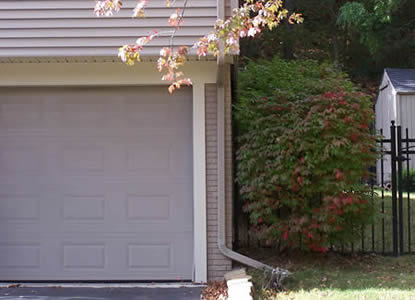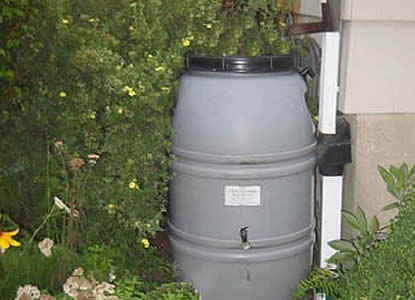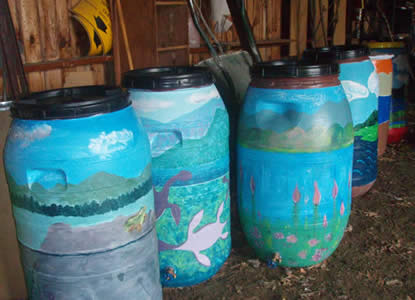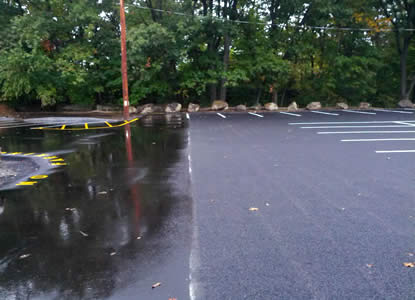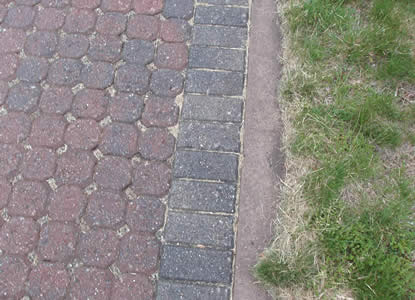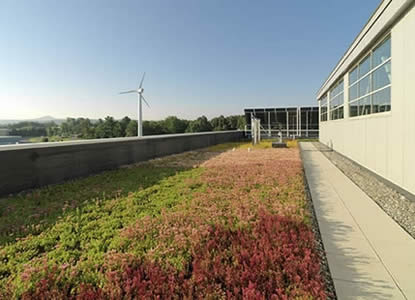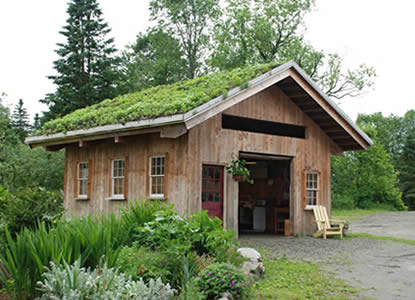What You Can Do to Soak Up the Rain
The next time it rains, grab your umbrella and take a walk. Watch where the rain goes.
Does it soak into the ground?
Does it flow across a lawn?
Does a downspout send it down a driveway or parking lot to the street and down a storm drain?
Where does the rain go?
What can you do to reduce the runoff from your property?
- Disconnect/Redirect Downspouts
- Use a rain barrel to capture rain from your roof
- Plant a rain garden
- Plant trees
- Reduce impervious surfaces; install permeable pavement
- Plant a green roof
More Information
New Hampshire Homeowner's Guide to Stormwater Management, Do-It-Yourself Stormwater Solutions For Your Home, Soak Up the Rain New Hampshire, November 2019 (pdf)
Manual describes the sources of stormwater pollution and how it impacts our local waters, and provides instructions on how to choose and install a practice that can help soak up the rain and reduce runoff.
Rhode Island Stormwater Solutions
Understanding the problem and the actions we can take around our home and landscape to reduce runoff and prevent pollution.
Bay-Friendly Backyards, Save the Bay (pdf)
Steps we can take to reduce runoff and pollution resulting from our landscapes.
Rethink Runoff, Chittendon County Regional Planning Commission, Vermont
Read about green infrastructure opportunities around the home and find science experiments for children and other resources about the Lake Champlain Basin.
Jersey Friendly Yards, Landscaping for a Healthy Environment, New Jersey Department of Environmental Protection and the Barnegat Bay Partnership
Find information on how to reduce runoff and pollution from your landscape.
Try the Interactive Yard to learn about the concepts.
What You Can Do, Nutrient Pollution, U.S. EPA
Runoff is one of the primary sources of the nitrogen and phosphorus causing nutrient pollution. Information about the steps you can take around your home to soak up the rain and reduce nutrient pollution.
What You Can Do, Polluted Runoff: Nonpoint Source Pollution, U.S. EPA
Steps you can take around your home and community to reduce polluted runoff
- After the Storm - A Citizens Guide to Understanding Stormwater, U.S. EPA
What is stormwater runoff and why is it a problem? What are some solutions in residential, commercial and agricultural settings?
For more information about the problem of stormwater and why we need to soak up the rain

